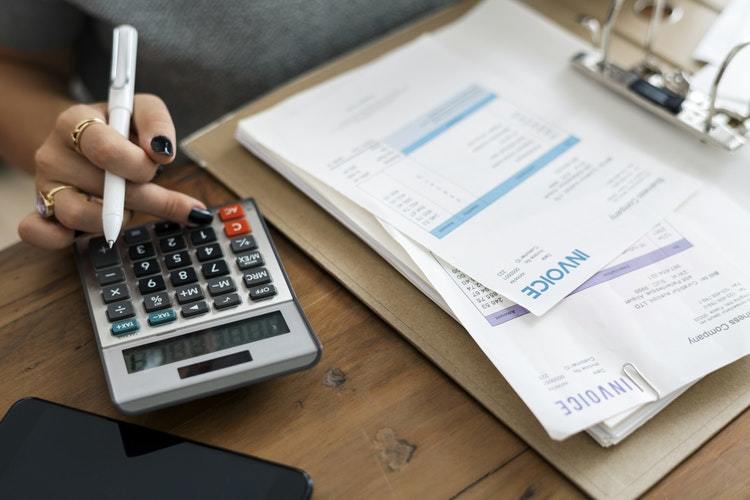
You’ve started a business and it is doing great, but you have got a pile of receipts that you don’t know what to do with and income that hasn’t been recorded anywhere. This is where bookkeeping comes into play and it is easy to DIY!
Bookkeeping is the recording of day to day transactions, but how do you start making sense of the numbers and what is the best way to record the information?
Let’s start at the beginning
The first thing I would suggest to all new businesses or freelancers is to open a separate bank account. If you are a sole trader this doesn’t have to be a specific business account it could just be a new personal account that you use solely for your work.
By keeping your income and expenditure in a separate account it makes it easier to keep your professional and personal money apart and makes bookkeeping a lot easier as you will know that everything relates to the business.
Keeping records for Bookkeeping
So you have set up your bank accounts and have transactions going in and out … what is the next step? I would advise setting up a cloud accounting system so you have easy access to your information. I will be looking at these in more details in a future blog but the main ones are
By using a cloud accounting system you can raise invoices, see if they have been paid and if not send out statements with a few clicks. It will let you raise bills and attach the original bill to the accounting record. It will also make reconciling your bank account simple. Bank reconciliations are the corner stone of DIY Bookkeeping as it allows you to go through all of your income and expenditure that has occurred via the bank account.
Bills, Bills, Bills

One question I get asked a lot is what expense can I claim against the business. Obviously this will depend on your industry and business but here are some of the common expenses that people forget to claim when doing DIY Bookkeeping.
Travel – If you travel to a client’s workplace or another meeting you can claim 45p per mile travelled by car as well as any public transport costs. Unfortunately if you work from a Co-Working Space you wouldn’t be able to claim this travel as that is classed as travelling to your place of business.
Working From Home Costs – If you are self employed and working from home you can use HMRC’s simplified expenses calculator to work out how much you can claim for working from home. For those of you who run a Limited company there is a simple option where you can claim £26 per month for working from home.
Legal and Financial Costs – Did you know that you can claim up to £500 in bank charges and interest per year on your Self Assessment form? You could also claim any costs incurred when hiring a Bookkeeper, Accountant, Lawyer, Surveyor or any other professional who has helped you in the year.
Training Costs – If you have undertaken any training during the year you may think you would be allowed to claim the expense but there a few caveats. You can only claim the expense if the training is in your current field of business and not if you were to retrain. For example if I were to take a course in Tax that would be allowable but if I was to take a course in Website design that would not be.
It’s a matter of time
Now you are ready to start your bookkeeping, but how often should you do it? Weekly, Monthly or Quarterly? It’s really up to you. If you have a lot of transactions I would recommend doing it more frequently than if you only have a few transactions in each period.
The best way is to set aside a period of time each week or month, to sit down and go through everything. Once you have a routine it should become less of a chore!
If you have any questions or are looking for help setting up your bookkeeping system, please book a FREE Discovery call to find out how we can help you, or take a look at our services page to see what we can offer.
